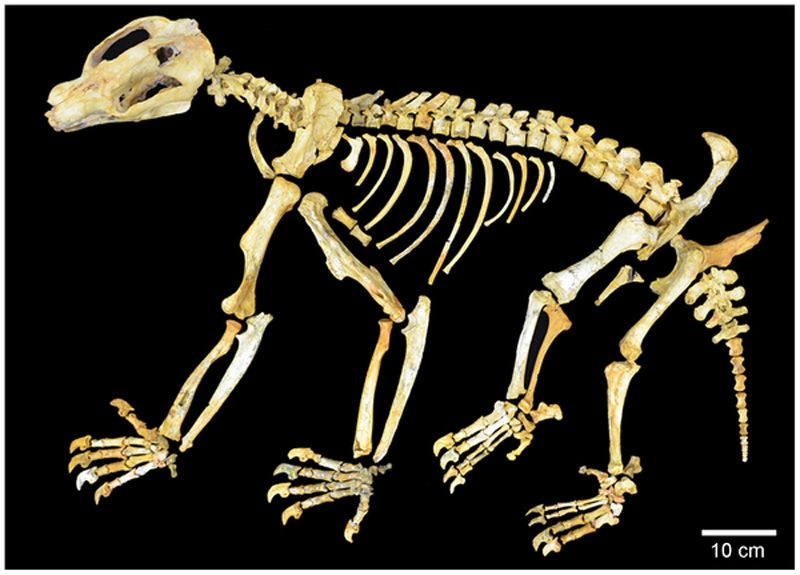Trove of Ancient Marsupial Fossils Discovered in Australia

Paleontologists have uncovered a fossil field in Australia that fills a large gap in the continent's environmental history, and contains several previously unknown ancient species of marsupials and bats.
Researchers at the University of New South Wales discovered the site near the Riversleigh fossil field, an UNESCO World Heritage site, in northwest Queensland last year, and have since collected nearly 4,000 lbs. (1,800 kilograms) of rock for analysis, according to a statement from the university.
Preliminary analyses suggest that the fossils formed about 13 million to 5 million years ago — a period marking Australia's transition from a warm, tropical climate to the arid climate that persists today and an epoch largely missing from the known fossil record.
"This was a critical time during which the widespread, lush, ancient rainforests of Australia rapidly gave way to increasingly drier conditions," paleontologist Mike Archer, a leader of the excavation, said in a statement. "At least some of these new deposits may help to fill out that critical 13-[million]-to-5-million-year-old gap."
The team used a combination of geologic maps and satellite imagery to locate the field. They first examined satellite data and geologic maps of the Riversleigh World Heritage fossil field to identify physical characteristics that distinguish that site from surrounding rocks without fossils. They then searched through satellite imagery of nearby regions, looking for similar features, and found a region containing comparable rocks just 9 miles (15 kilometers) west of the World Heritage site.
The team traveled to that remote site — now named New Riversleigh — to confirm these findings, and found a fossil field densely packed with previously undocumented species of marsupials (pouched mammals like kangaroos and wallabies), as well as new species of bats. [Marsupial Gallery: A Pouchful of Cute]
The researchers have begun treating the samples with acid to wash away hardened silt, but are still in the preliminary stages of piecing the fossils together. Still, some of the samples have already provided a peek into the ancient landscape of Australia. For example, the teeth of plant-eating species appear worn-down, suggesting that the animals lived during a time when vegetation on the continent had begun to transition from lush rainforests to the tougher flora of modern Australia.
Sign up for the Live Science daily newsletter now
Get the world’s most fascinating discoveries delivered straight to your inbox.
"This region is an amazing place at the heart of the story of the origins of the Australian continent and its bizarre biota," Archer said in a statement. "We anticipate that the new finds will soon be followed by many more, adding significantly to our understanding about how Australia transformed from an Amazon-like world to the dry continent we see today."
Follow Laura Poppick on Twitter. Follow LiveScience on Twitter, Facebook and Google+. Original article on LiveScience.












